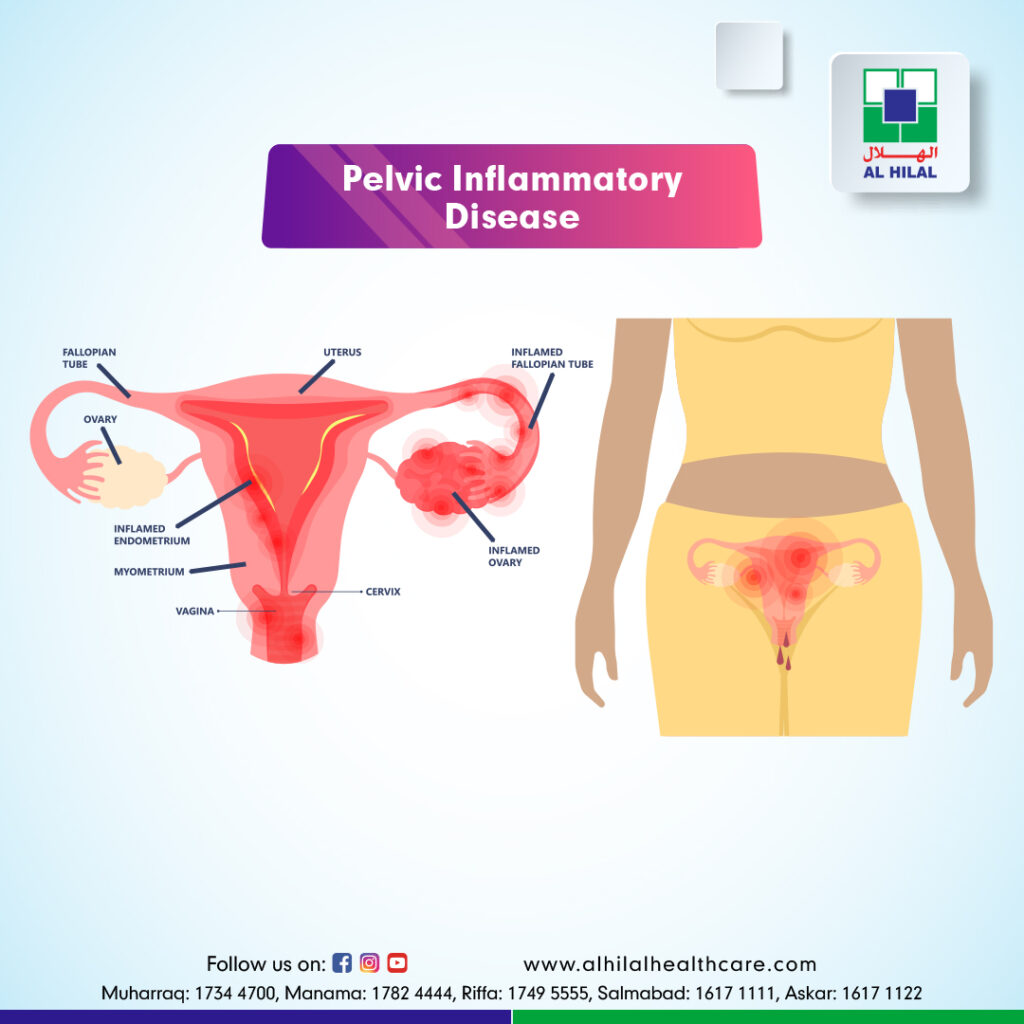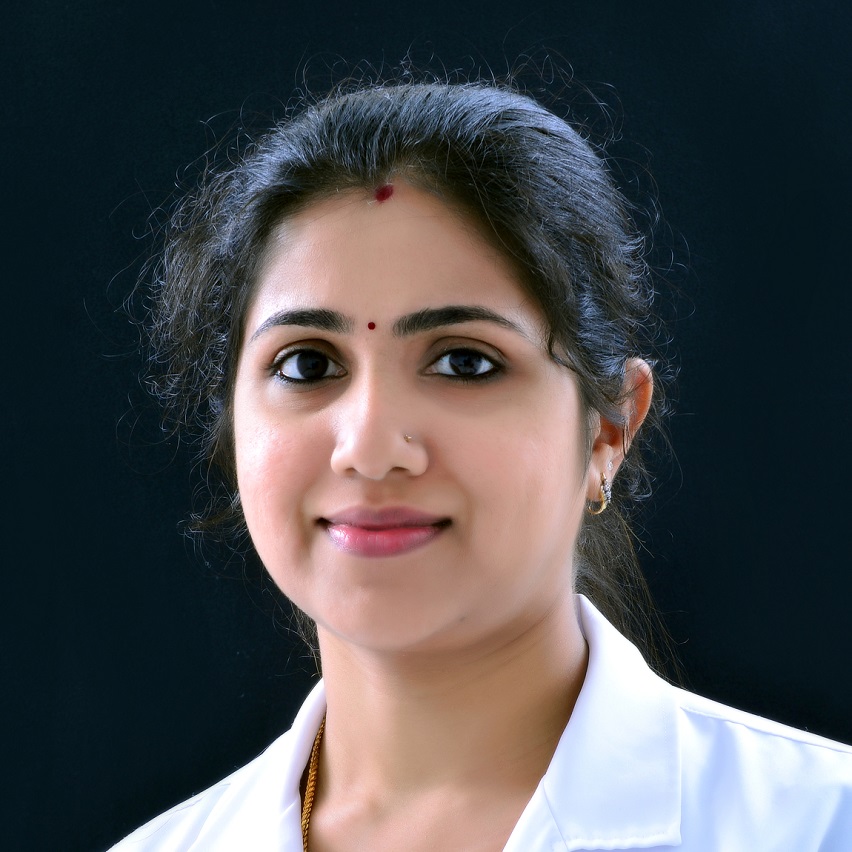What is Pid?
Pelvic inflammatory disease (PID) is a disease of one or more upper reproductive organs, including the uterus, fallopian tubes, and ovaries.
It comprises a spectrum of inflammatory disorders of the upper female genital tract, including endometritis, salpingitis, tubal-ovarian abscess, and pelvic peritonitis.

Types of PID:
- Acute PID
- Chronic PID
The Centers for Disease Control define acute PID as “the acute clinical syndrome (unrelated to pregnancy or surgery) attributed to the ascent of micro-organisms from the vagina and endocervix to the endometrium, fallopian tubes, and contiguous structures.” If left untreated, sometimes the inflammation can persist for a long time; this is known as a chronic pelvic inflammatory disease.
Symptoms of PID:
Some women with PID have only slight symptoms or no symptoms. Because the symptoms can be vague, women do not recognize many cases.
Listed are the most common symptoms and signs of PID:
- Pain in the lower abdomen
- Abnormal vaginal discharge
- Abnormal menstrual bleeding
- Pain in the upper right abdomen
- Fever and chills
- Painful urination
- Nausea and vomiting
- Painful sexual intercourse
Causes of PID:
Two sexually transmitted infections (STIs) and chlamydia gonorrhea are the leading causes of PID. Chlamydia and gonorrhea may cause vague symptoms or even no symptoms in a woman. When a woman is infected with chlamydia or gonorrhea and does not receive treatment, it can take a few days to a few weeks before developing PID. PID can also be caused by infections that are not sexually transmitted, such as bacterial vaginosis (BV), Micro-organisms that comprise the vaginal flora, such as strict and facultative anaerobes Gardenerallavaginalis, Hemophilusinfluenzae, Streptococcus agalactiae, and Enteric gram-negative rods, have been associated with PID. In addition, cytomegalovirus, Trichomonas vaginalis, Mycoplasmahominis, and Ureaplasmaurealyticum might be related to certain PID cases.
Treatment for PID:
Depending on how sick the patient is, the patient may be treated either in a hospital or outpatient. If the health care provider feels the patient needs to stay in the hospital, they will receive antibiotics through an IV and by mouth (a pill) until the patient feels better. Once the patient leaves the hospital, they have to take antibiotic medicine by mouth for two weeks.
If the patient is treated as an outpatient, they may receive the pills to start the treatment, and then the patient has to take antibiotic medicine by mouth for two weeks. It’s essential to take all medications, even if the patient begins to feel better. Otherwise, it could get worse. The patient will have to meet the doctor a few days after starting taking the medicines. Again, if the patient doesn’t get better, they may need more tests and take a different medication.
If the patient finds out they have PID, they need to ensure their partner gets tested and treated for gonorrhea and chlamydia. The partner must be treated for both kinds of STIs, no matter your test results or their results. Unless your partner is treated as well, you are likely to get infected again.
Who Needs the Treatment for PID?
The treatment for PID should be initiated for sexually active young women and other women at risk for sexually transmitted diseases if they are experiencing lower abdominal or pelvic pain if no cause for the illness other than PID can be identified.
Results of PID Treatment:
The patient will feel better in 2-3 days once the treatment has been started. Make sure the patient finishes all the medicine as prescribed. If the infection is not treated, it is possible to spread to other parts of the body or create an abscess in the ovaries or fallopian tubes. It might cause chronic (long-lasting) pelvic pain. However, treatment won’t unbind any damage that has already happened to your reproductive system.
Ways to prevent Pelvic Inflammatory Disease:
The risks of PID can be reduced by:
- Practicing safe sex
- Getting tested for sexually transmitted infections
- Avoiding douches
- Wiping from front to back after using the washroom to stop bacteria from entering your vagina
PID Back Pain:
Research suggests that 60-80% of the people experience low back pain during their lifetime, with its presence being slightly more common in females than males across all age groups.PID is one of the most common causes of low back pain. It can range from aching to stabbing and tingling to sharp. It can be a long-term or short-term symptom. Prompt treatment of PID will relieve the back pain.
PID Treatment In Bahrain:
Al Hilal Hospital is the largest and fastest-growing chain of private healthcare providers in Bahrain, with five branches. Al Hilal Healthcare Group is committed to providing high-quality healthcare services at an affordable price to the people of Bahrain through a combination of superior medical technology and excellent clinical services. Its vision is to be the largest healthcare service provider in the region by catering to the needy at the most affordable rates.
The Department of Obstetrics and Gynecology has been providing comprehensive healthcare for women. As a result, the healthcare group has successfully treated many PID patients and prevented them from further infections.
PID Specialist In Bahrain:
Al Hilal Healthcare group is equipped with several well-qualified and experienced Gynecologists who are specialists in treating PID.


